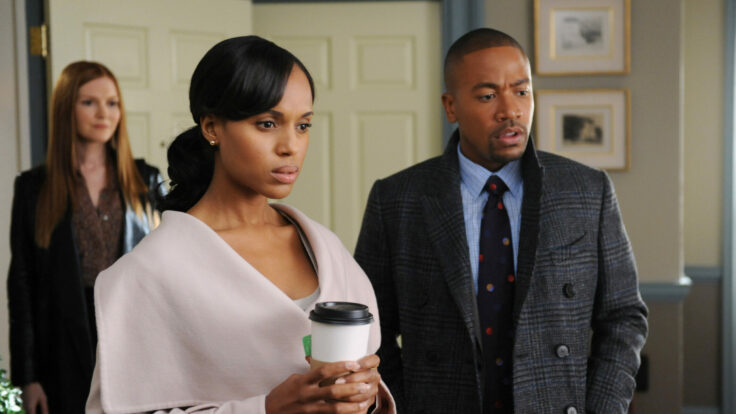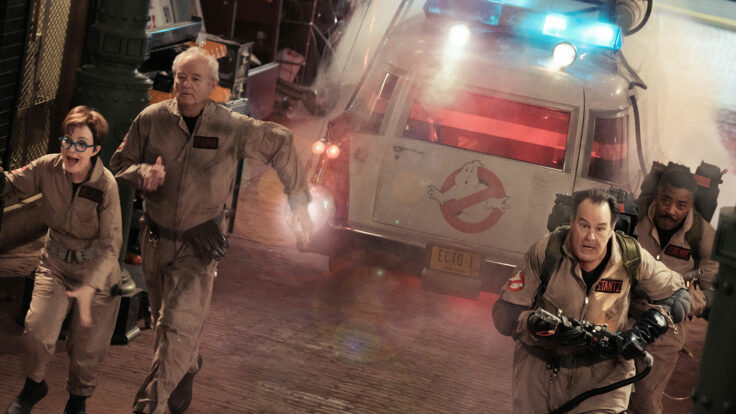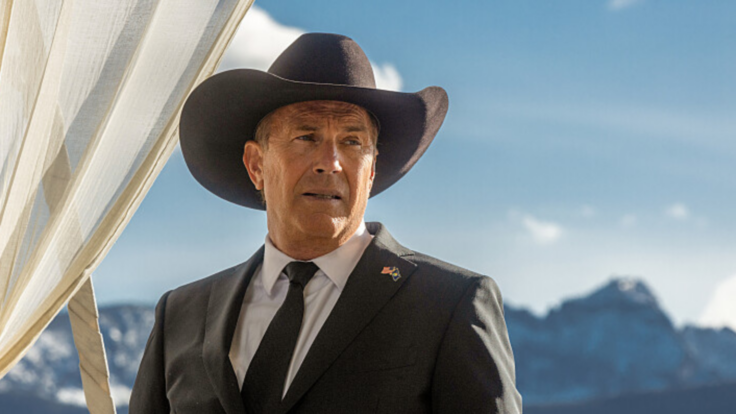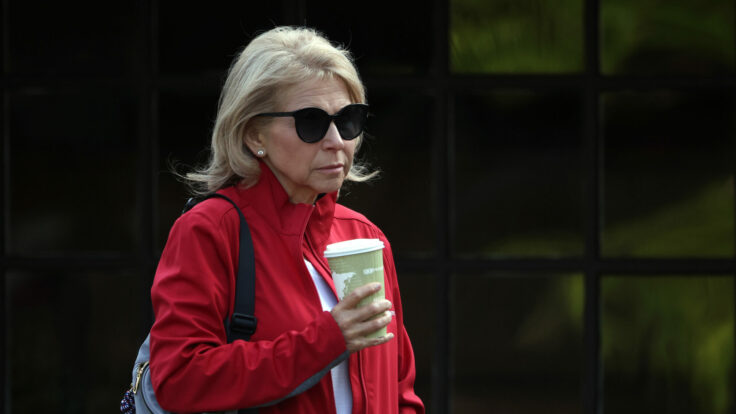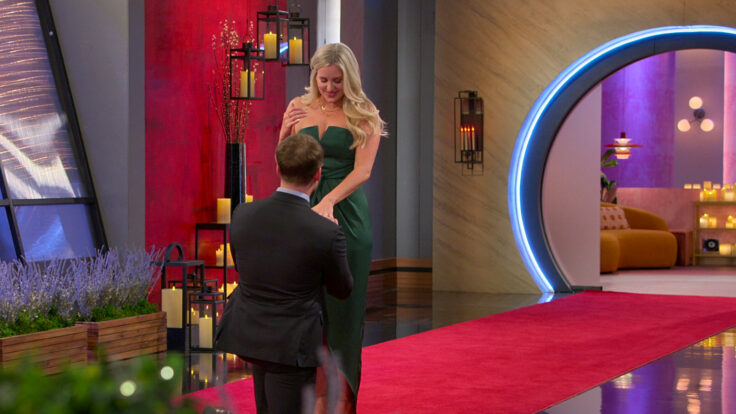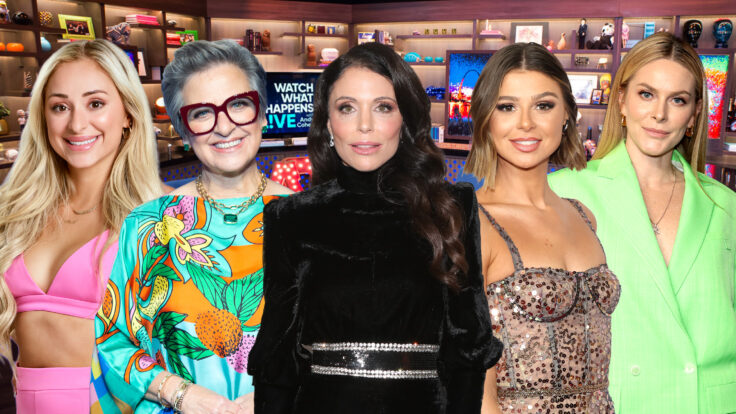I met a big talent lawyer for a drink on Tuesday, and the first thing out of his mouth was, “Man, can you believe how much money people are making?” That’s a common refrain around Hollywood, and it’s a shift, in my experience, from the usual tone among representatives. Agents, managers, and especially lawyers like to bitch about cheap buyers, about who is totally screwing their clients, and about how hard it is for talented people to get a fair deal in this town. In some ways, being upset is kinda their job.
But these days, it’s harder to complain. Sure, there are anxieties over things like the long-term viability of the streaming business, the vanishing profit participations, the wounded theatrical box office. Yet big picture, through a confluence of economic and societal forces, Hollywood finds itself with more deep-pocketed purchasers of premium content than at perhaps any time in its history. It may not feel this way to a struggling creative person, but it’s the buyers, not the sellers, who are under the most pressure today.












